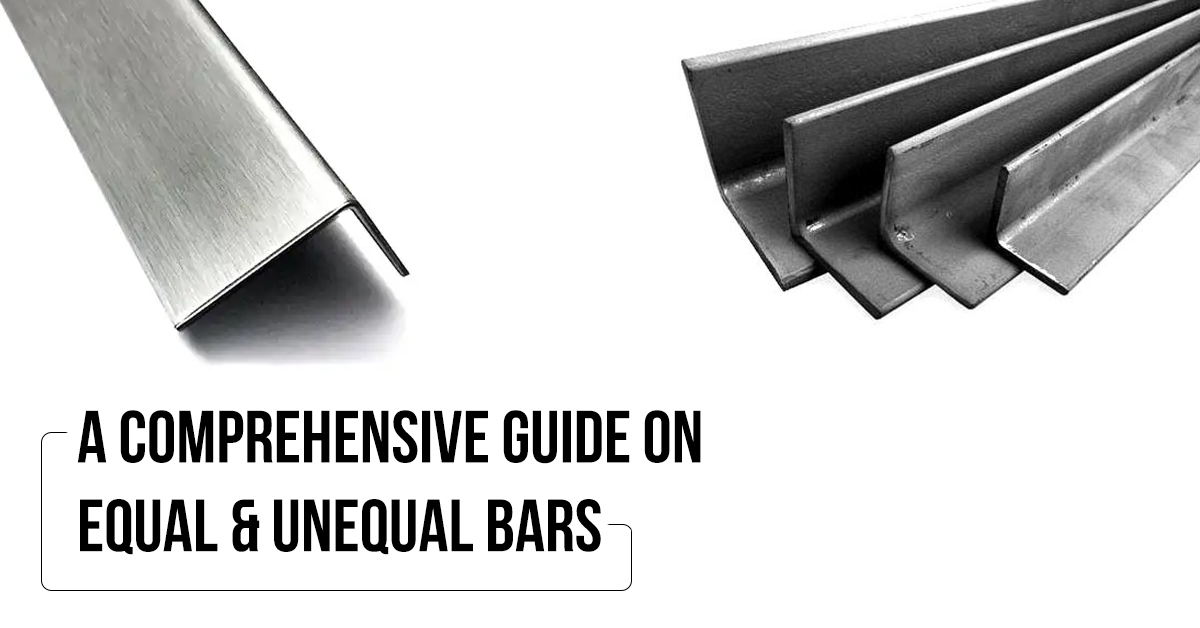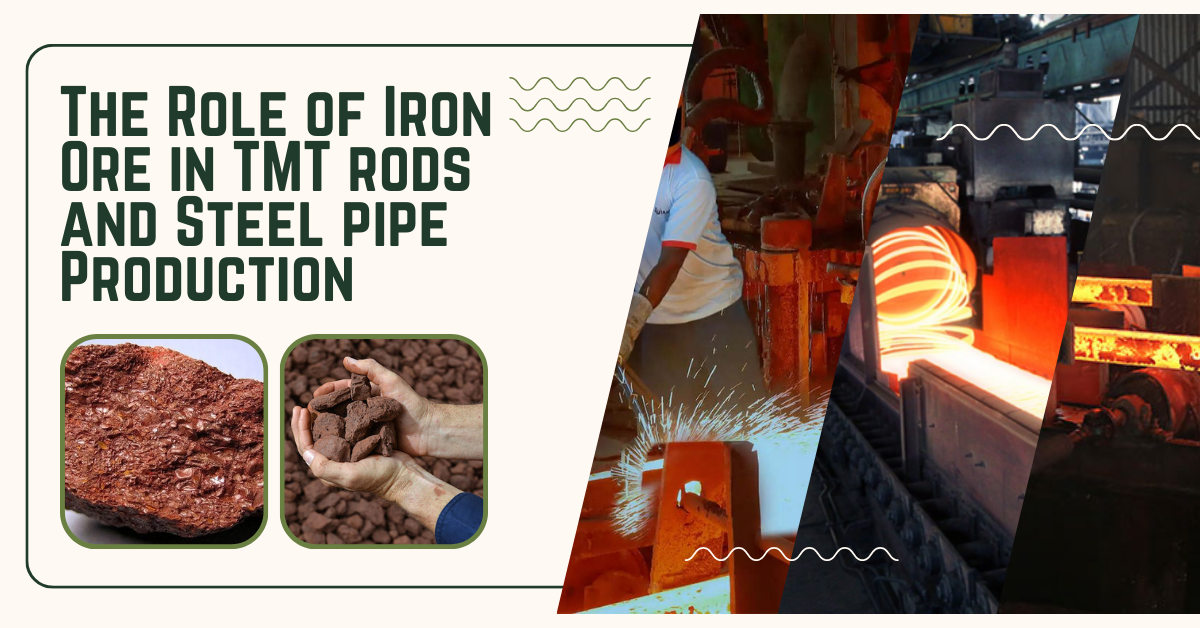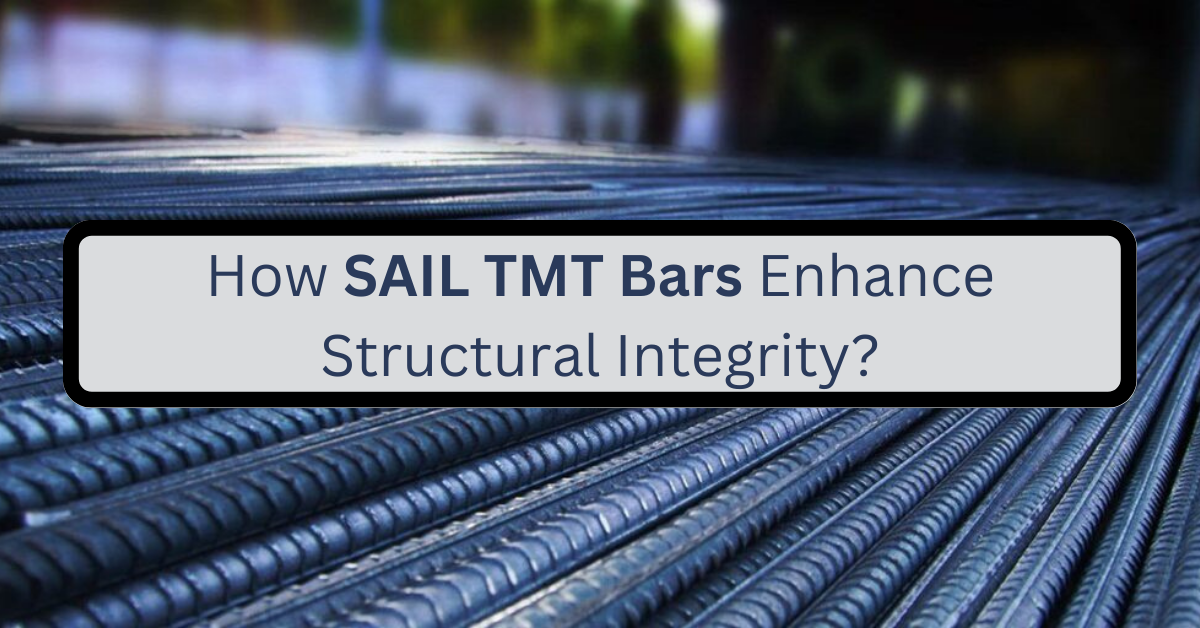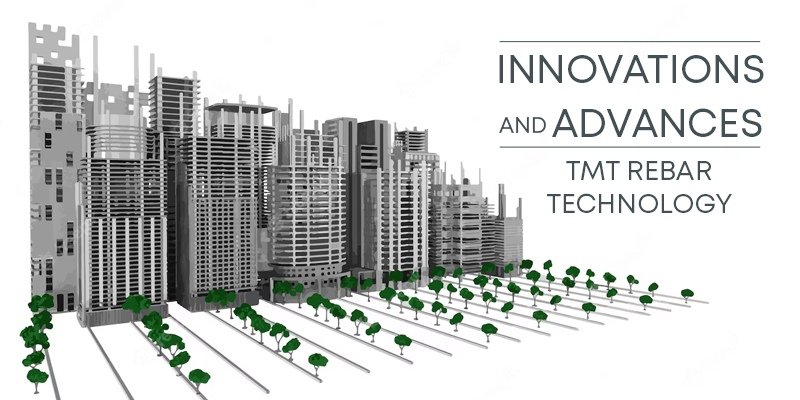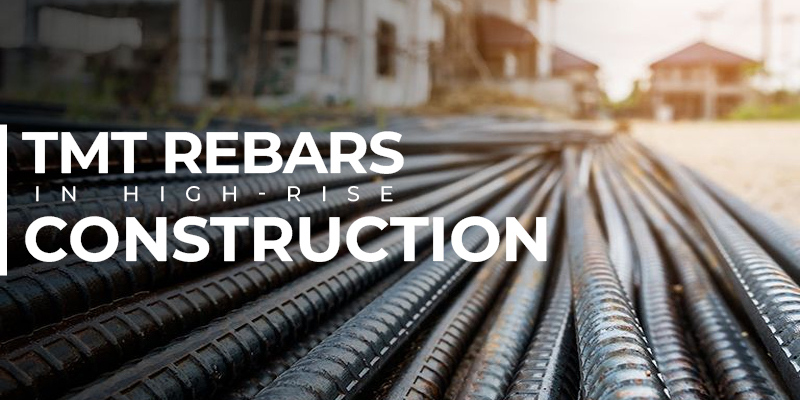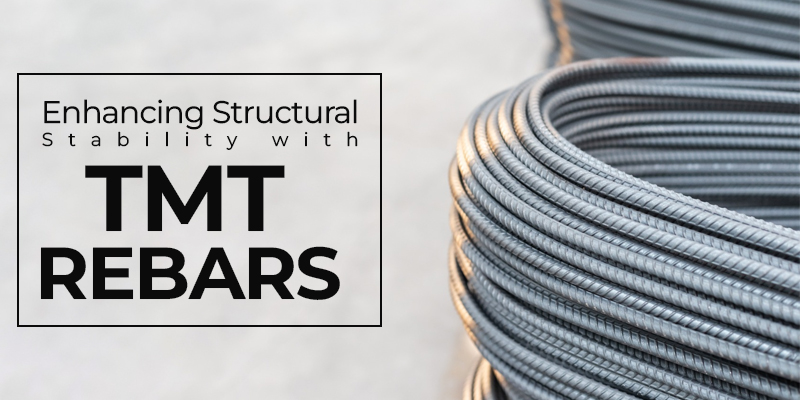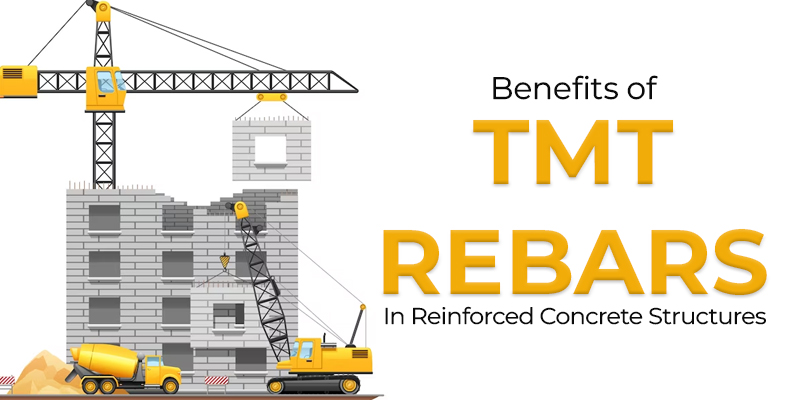TMT bars – a popular name you might have heard around a construction site-strong steel rods capable of giving strength and stability to structures. But do you know that even the best TMT bars can lose their strength if not stored properly?
If left open, they can rust or become damaged. Actual damage to the TMT bars means weakening the steel, which could lead to troubles down the line, such as added expenses or safety concerns.
Proper storage, then, becomes important. This blog will explain to you the significance of storing TMT bars and how to keep them in excellent condition on the construction site.
Why Correctly Storing TMT Bars Matters
A lot of people tend to think steel is strong, so it does not need any special care. But that is not entirely true in the case of TMT bars. They are prone to rust under the influence of moisture or rain. Once rust sets in, the integrity of a structure is affected.
Poor storage injures the bars directly as well. If the bars are not stored appropriately, then sometimes, they may bend or break. Proper storage, therefore, is not just for the sake of orderliness. It saves time and money while providing for the building’s safety and strength.
Best Practices for TMT Bars Storage
There are a few easy and effective steps in correctly storing TMT bars.
1. Choose a Suitable Location for Storage
- Always store TMT bars in a clean and dry place.
- Stay away from areas subject to waterlogging or dampness.
- There should be good airflow to dry the bars.
- The bars should never be placed directly on the ground. The ground absorbs moisture, which may rust the bars.
2. Stack it Properly
- TMT bars are to be kept on wooden planks or dunnage. This will keep them above all moisture that could affect them.
- Place the planks evenly to distribute the bar weight.
- Keep the stacks restricted and stable. Do not build stacks too high, no matter how good they will look: either the pile tumbles down or the bottom bars bend.
- Different sizes or types of bars should be tagged appropriately so that they can be easily identified later on.
3. Protection from the Environment
- Covering the bars with a plastic sheet, tarpaulin, or metal shed would protect against rain, sunlight, and even dust.
- Do not cover tightly at all; allow for some gaps for ventilation to prevent moisture from being trapped underneath.
- In areas where heavy snowfall or heavy rains are expected, a temporary shelter or a shed is a must for keeping the bars dry.
4. Prevention of Rust
- For long-term storage, it is necessary to apply rust protection.
- Use an anti-rust solution or any oil-based protective coating that is commercially available.
- Always clean the bars first before applying; this would facilitate good adhesion of the coating.
- Before applying a protective coating against rust, check for any visible rust that may already have existed. Some light rust can be removed with a wire brush or sandpaper.
5. Conduct Regular Inspection Works
- Have a habit of making regular inspections of the TMT bar stacks.
- Check for any signs of rust, bending, or any other forms of damage.
- In case of any signs of rust, clean it immediately and apply a protective coating.
- Remove and replace any severely bent or damaged bars.
The common mistakes made by construction teams regarding TMT bar storage ought to be avoided as much as possible:
- Bars being laid directly on the ground is the fastest way to initiate corrosion. The bars must always be kept on wooden supports or wooden platforms.
- Another mistake is to neglect covering the bars with weather protection. Bars left out in the open are inviting rust and corrosion.
- Incorrect stacking informs yet one more error. Tall or unbalanced stacks can tumble over and injure the bars.
- On the other hand, one can say that nobody checks to see these bars now and then. The very first sign of rust makes it incapable of being noticed until it has spread very widely and caused considerable damage.
- Using wet wood as dunnage is yet another wrong step. Wet wood can transfer moisture to the bars and should never be used. Always use dry-treated wood.
Conclusion
In conclusion, taking a little extra care in storing your TMT bars can make a big difference in the long run, not only just about keeping the steel clean but also in protecting your investment, avoiding costly delays, and ensuring the strength and safety of your entire structure. Whether you’re building a home or a high rise, proper TMT bar storage is a small effort that delivers big results
At Bharat Steels, we ensure proper storage of TMT bars before they reach your site. With decades of experience dealing in steel and working closely with top-quality brands such as JSW, SAIL, and Vizag, we consider safe storage paramount. All the right measures are being taken in our warehouse, so you get fresh, rust-free steel to build your future strong.
If you’d like to know more or discuss your steel requirements, feel free to contact us — we’re here to help you build with confidence




